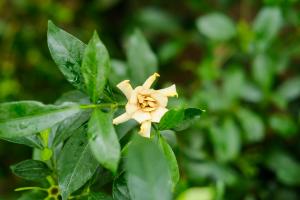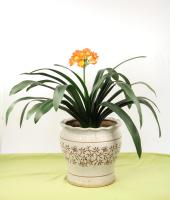Take new bulbs / small balls and divide the load
Baboon flower bulbs can bloom in spring, then shrink and harden, and grow some new bulbs and smaller sub bulbs on them. On the one hand, we can plant these new bulbs directly from September to October and bloom in the early spring of the next year. In addition, we can plant these little balls separately and let them grow for another year. In the spring of the third year, we can see them bloom

Potted plants
If it is planted in a 16 ~ 20cm flowerpot, in order to ensure a good growth environment, 7 ~ 8 bulbs can be planted in each flowerpot with a planting depth of 3cm
The soil used for potting can be the mixed soil of sandy loam and humus soil, and the ratio of the two is 2:1
It should be placed in the place with sunshine indoors in November to ensure the watering times and make it full of water. It can shoot and blossom after a short time. After that, reduce watering until the leaves wither. Remove the bulbs and store them in a dry environment. They can be planted in autumn

Open planting
From September to October, it can be cultivated directly in the open air in places with sufficient sunshine and unobstructed drainage in the Yangtze River and its south. The distance between them is 5cm, the planting depth is 10cm, and they can bloom in the next spring
To sum up, baboon flowers should be planted in sandy loam areas with sufficient sunshine and good drainage when breeding. Corms evolve alternately once a year. They can usually be planted in autumn and bloom in the next spring

 how many times do yo...
how many times do yo... how many planted tre...
how many planted tre... how many pine trees ...
how many pine trees ... how many pecan trees...
how many pecan trees... how many plants comp...
how many plants comp... how many plants can ...
how many plants can ... how many plants and ...
how many plants and ... how many pepper plan...
how many pepper plan...




























